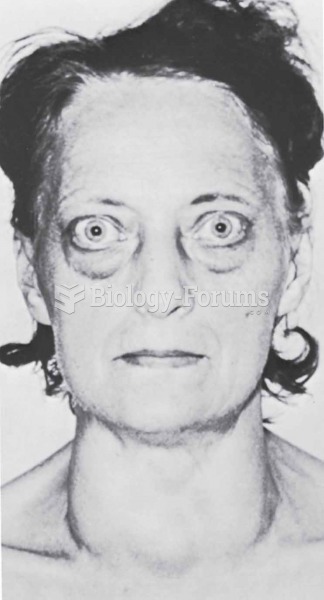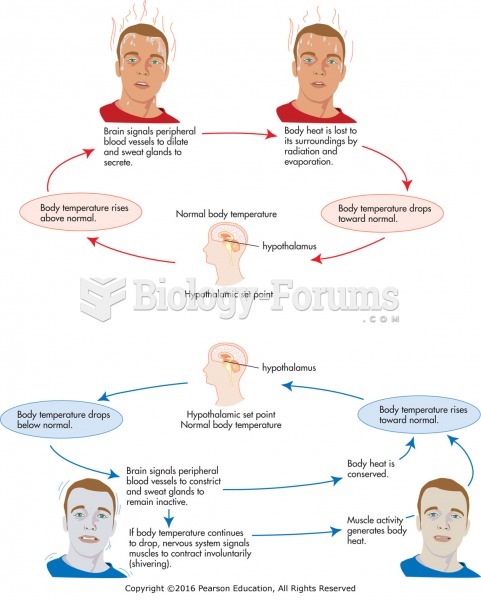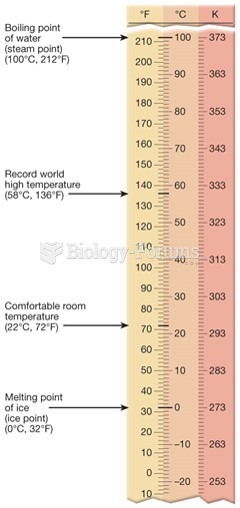This topic contains a solution. Click here to go to the answer
|
|
|
Did you know?
The word drug comes from the Dutch word droog (meaning "dry"). For centuries, most drugs came from dried plants, hence the name.
Did you know?
Most strokes are caused when blood clots move to a blood vessel in the brain and block blood flow to that area. Thrombolytic therapy can be used to dissolve the clot quickly. If given within 3 hours of the first stroke symptoms, this therapy can help limit stroke damage and disability.
Did you know?
Illicit drug use costs the United States approximately $181 billion every year.
Did you know?
The human body produces and destroys 15 million blood cells every second.
Did you know?
About 100 new prescription or over-the-counter drugs come into the U.S. market every year.







